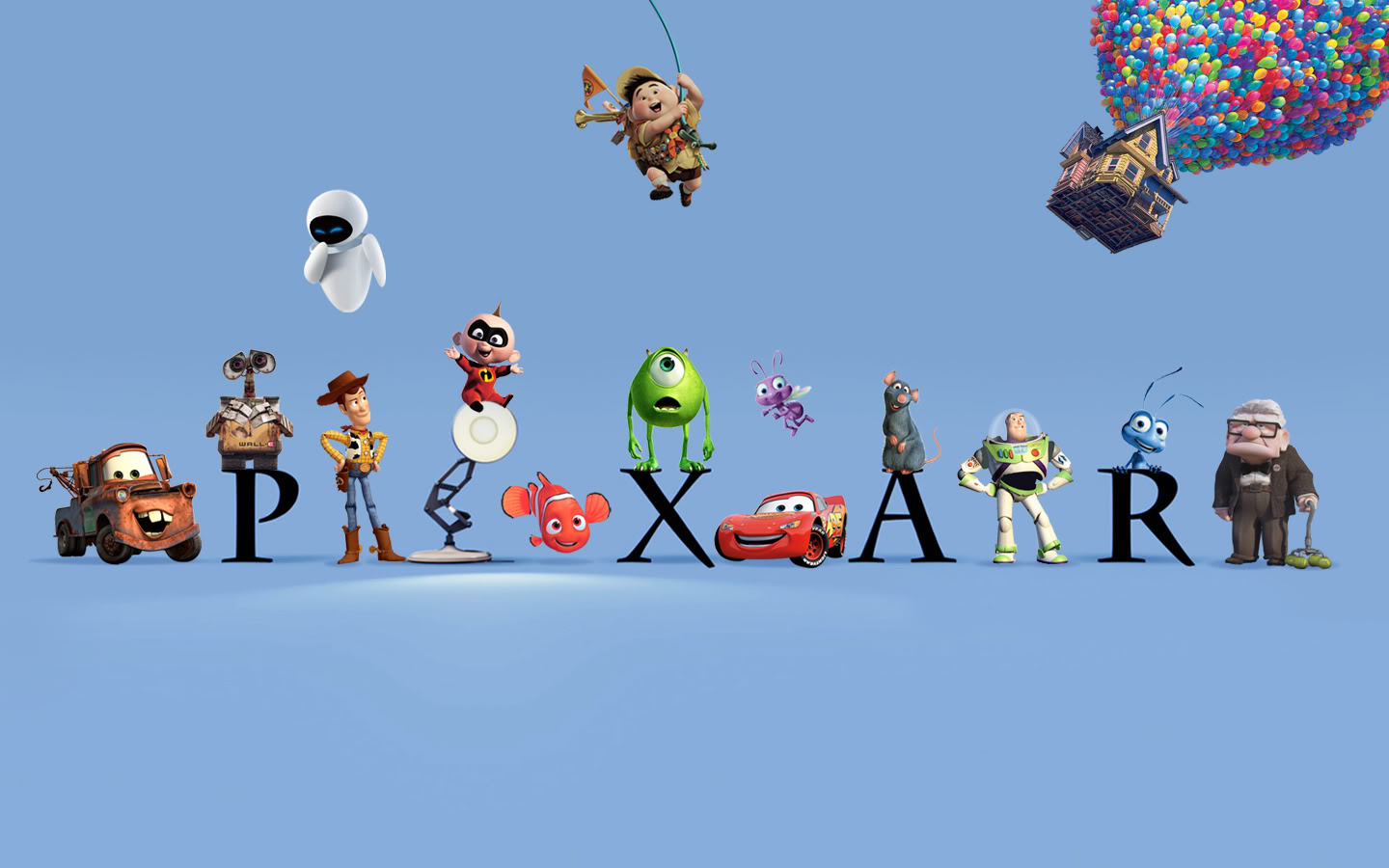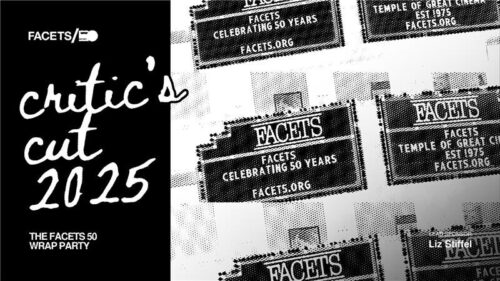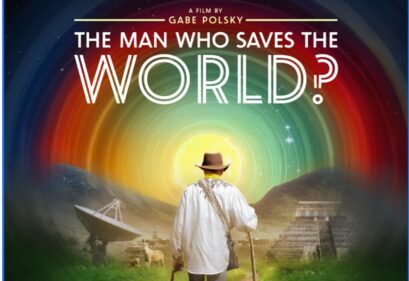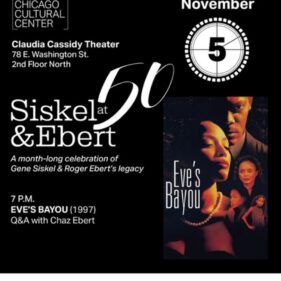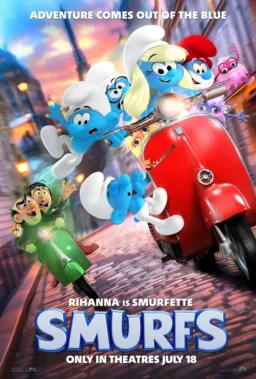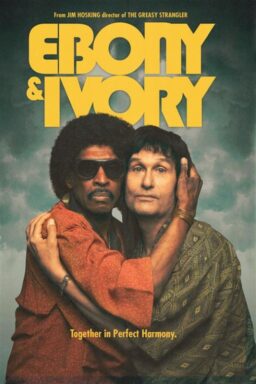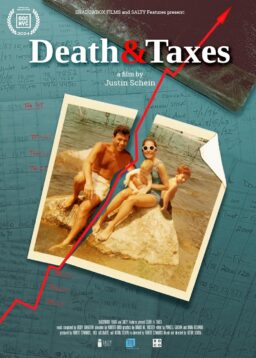With this weekend’s release of “Cars 3,” we wanted to take a look back at how Roger wrote about the previous films made by Pixar Animation Studios. Curiously enough, they never received less than three stars. Looking at the reviews over time, you can see how the films inspired his imagination, whether it nudged him to recall his childhood, or to marvel at their modern breakthroughs in animation technology. That element of age and audience often came up in his reviews too, with Roger often considering how a Pixar film would look to a kid, as opposed to someone who can only remember being one.
In 1995, Roger gave four stars to “Toy Story,” marveling at the technology that had created it. He wrote that it “achieves a three-dimensional reality and freedom of movement that is liberating and new. The more you know about how the movie was made, the more you respect it.” At the end of the review, he offered what turned out to be a correct inkling: “Watching the film, I felt I was in at the dawn of a new era of movie animation, which draws on the best of cartoons and reality, creating a world somewhere in between, where space not only bends but snaps, crackles and pops.”
On November 25, 1998, Roger reviewed “A Bug’s Life” and gave the film three and a half stars. Focusing on the scope of the movie, he enjoyed “the use of animation to visualize a world that could not be seen in live action and could not be created with special effects.” Throughout the review he weighs it against the similar “Antz” from the same year (and which received the same star-rating).
A year later, Roger reviewed “Toy Story 2” while narrowing in on what the franchise would ultimately mean to viewers of all ages: “I forgot something about toys a long time ago, and ‘Toy Story 2’ reminded me. It involves the love, pity and guilt that a child feels for a favorite toy … It needs you and is troubled when you’re not there.” Roger gave the film three and a half stars, remarking that Tom Hanks’ Woody “has, indeed, grown into quite a philosopher.”
Pixar received its lowest rating from Roger yet—three stars—with his review of “Monsters, Inc.,” which was published on November 2, 2001. Roger saw the film as in line with the previous Pixar movies, saying that the film “once again shows off the studio’s remarkable computer-aided animation, which creates an uncanny sense of dimension and movement.” In particular, he spent a paragraph talking about the animation of Billy Crystal’s Mike Wazowski character, a giant green eye ball. Ebert called that “a tour de force.”
On May 30, 2003, Roger gave his second four-star review to a Pixar film with “Finding Nemo,” saying that it has “all of the usual pleasures of the Pixar animation style.” He then called it “one of those rare movies where I wanted to sit in the front row and let the images wash out to the edges of my field of vision … The use of color, form and movement make the film a delight even apart from its story.” He later added, while praising the animators, “There is something dreamlike about the visuals of ‘Finding Nemo,’ something that evokes the reverie of scuba-diving.”
A year later, on November 4, Roger gave three and a half stars to Brad Bird’s “The Incredibles,” writing, “If it’s not quite as magical ‘Nemo,’ how many movies are?” He also wrote that “The Incredibles” was “another example of Pixar’s mastery of popular animation.” Addressing again how “The Incredibles” was a Pixar film that was able to speak to both adults and to children, Roger wrote “Grown-ups are likely to be surprised by how smart the movie is, and how sneakily perceptive.”
When “Cars” came out in June 9, 2006, Roger gave the film three stars, saying that it lacked “the extra push of other Pixar films.” Echoing his previous sentiment for other Pixar movies, however, he said that “the movie is great to look at and a lot of fun.”
In 2007, Roger gave four stars to “Ratatouille,” saying that it was the first of recent animated movies of which he positively desired a sequel. Calling it “clearly one of the best of the year’s films,” Roger wrote that “All of this begins as a dubious premise and ends as a triumph of animation, comedy, imagination and, yes, humanity.”
A year later, Roger gave three and a half stars to “Wall-E,” saying that it “succeeds at being three things at once: an enthralling animated film, a visual wonderment, and a decent science-fiction story.” Referring to how a movie like “Kung Fu Panda” exhausted his “emergency supply of childlike credulity,” Roger wrote that you can enjoy this film even if you’re a grown-up. Referring to the animation, Roger commented that “Wall-E” draws on “a tradition going back to the earliest days of Walt Disney, who reduced human expressions to their broadest components and found ways to translate them to animals, birds, bees, flowers, trains and everything else.”
It was Pete Docter’s 2009 film “Up” that earned the fourth four-star review from Roger, who called it “a wonderful film,” and said that the characters were “cute in the human way of animation master Hayao Miyazaki.” Referring to how Pixar’s film spoke to the child within him, Roger wrote that the film “tells a story as tickling to the imagination as the magical animated films of my childhood, when I naively thought that because the colors were bright, their characters outlines more defined and their plots simpler, they were actually more realistic than regular films.”
When “Toy Story 3” came out in June 2010, Roger gave the film three stars. He wrote that it was a “jolly, slapstick comedy, lacking the almost eerie humanity that infused the earlier ‘Toy Story’ sagas, and happier with action and jokes than with characters and emotions.” Echoing his sentiment from his “Up” review, he wanted to steer viewers toward 2-D. “Just don’t get me started about the 3-D,” he concluded.
The release of “Cars 2” in June of 2011 saw Roger giving an even higher score than the previous movie, with three and a half stars. He wrote, “At a time when some ‘grown-up’ action films are relentlessly shallow and stupid, here is a movie with such complexity that even the cars sometimes have to pause and explain it to themselves.” He later added, “‘Cars 2’ is fun. Whether that’s because John Lasseter is in touch with his inner child or mine, I cannot say.”
The last Pixar movie that Roger reviewed was “Brave,” which he awarded three stars. He contrasted it to the highlights of Pixar’s canon, saying “Unike such brightly original films as ‘Toy Story,’ ‘Finding Nemo,’ ‘Wall-E’ and ‘Up,’ this one finds Pixar poaching on traditional territory of Disney, its corporate partner.” Still, he conceded that while “parents will be disappointed if they’re hoping for another Pixar groundbreaker,” that in the tradition of his previous comments about Pixar films, “Brave” was “a great-looking movie.”

